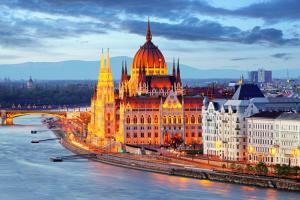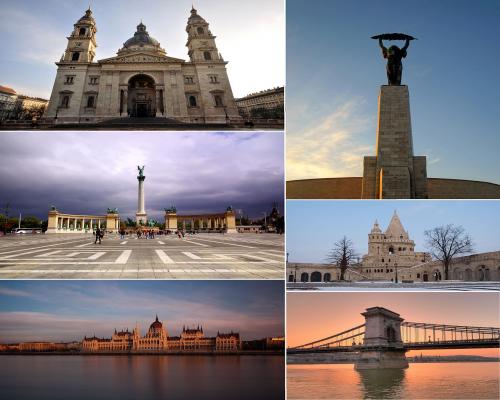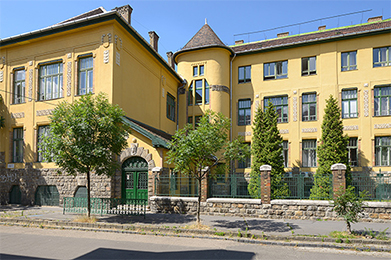The Country

Hungary is one of the 15 most popular tourist destinations in the world with a capital regarded as one of the most beautiful cities. Despite its relatively small size, the country is home to numerous World Heritage Sites, UNESCO Biosphere reserves, the second largest thermal lake in the world (Lake Hévíz), the largest lake in Central Europe (Lake Balaton), and the largest natural grassland in Europe (Hortobágy).
Hungary is home to more than 2000 flowering plant species, many of which are not normally found at this latitude. There are a lot of common European animals here (deer, wild hare, boar, otter) as well as some rare species (wild cat, lake bat, Pannonian lizard), but three-quarters of the country’s 450 vertebrates are birds, especially waterfowl attracted by the rivers, lakes and wetlands.
Hungary is in the temperate zone, and has a relatively dry continental climate. There are big differences between the weather in the four seasons, summers are hot and winters are cold. Average temperatures range from -1 °C in January to 21 °C in July. Hungary is protected from extreme weather conditions by the surrounding mountain ranges, the Alps and the Carpathians.
THE CITY

Budapest is the capital and the most populous city of Hungary, and the tenth-largest city in the European Union by population within city limits.The city had an estimated population of 1,752,704 in 2016 distributed over a land area of about 525 square kilometres (203 square miles). Budapest is both a city and county, and forms the centre of the Budapest metropolitan area, which has an area of 7,626 square kilometres (2,944 square miles) and a population of 3,303,786, comprising 33 percent of the population of Hungary.
Budapest is cited as one of the most beautiful cities in Europe, ranked as "the world's second best city" by Condé Nast Traveler,and "Europe's 7th most idyllic place to live" by Forbes. Among Budapest's important museums and cultural institutions is the Museum of Fine Arts. Further famous cultural institutions are the Hungarian National Museum, House of Terror, Franz Liszt Academy of Music, Hungarian State Opera House and National Széchényi Library. The central area of the city along the Danube River is classified as a UNESCO World Heritage Site and has many notable monuments, including the Hungarian Parliament, Buda Castle, Fisherman's Bastion, Gresham Palace, Széchenyi Chain Bridge, Matthias Church and the Liberty Statue.[43] Other famous landmarks include Andrássy Avenue, St. Stephen's Basilica, Heroes' Square, the Great Market Hall, the Nyugati Railway Station built by the Eiffel Company of Paris in 1877 and the second-oldest metro line in the world, the Millennium Underground Railway.The city also has around 80 geothermal springs,the largest thermal water cave system, second largest synagogue, and third largest Parliament building in the world. Budapest attracts 4.4 million international tourists per year, making it a popular destination in Europe.
THE UNIVERSITY

Károli Gáspár University was founded by the Reformed Church in Hungary. This fact is reflected in the official name of the institution: Károli Gáspár University of the Reformed Church in Hungary. The university was named after Károli Gáspár, the Calvinist pastor, who prepared the first complete Hungarian translation of the Bible in 1590.
The university was established in its present from in 1993 but its history roots back to 1839.